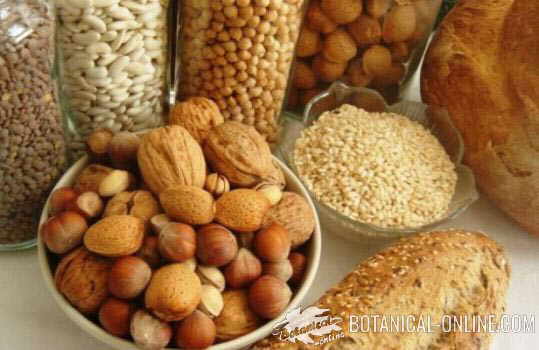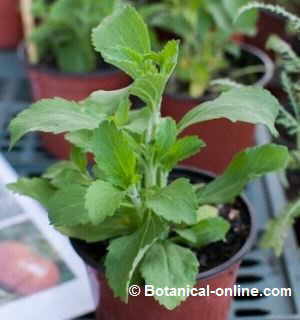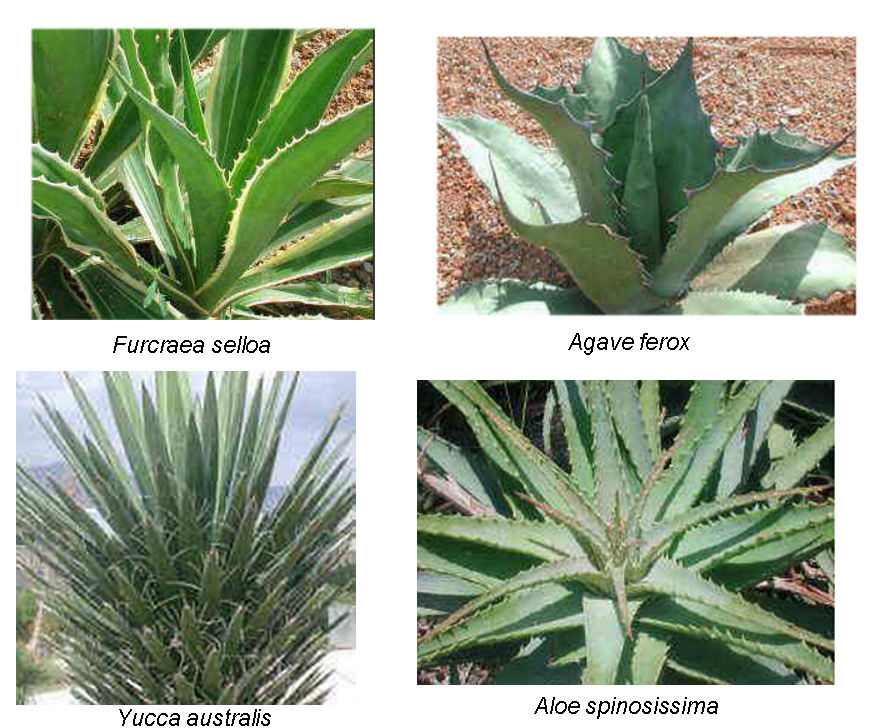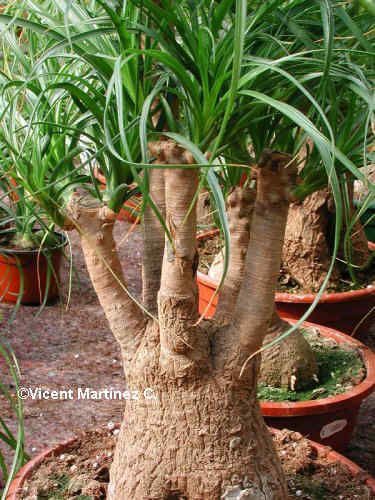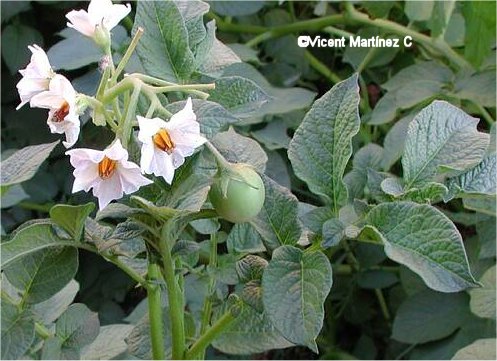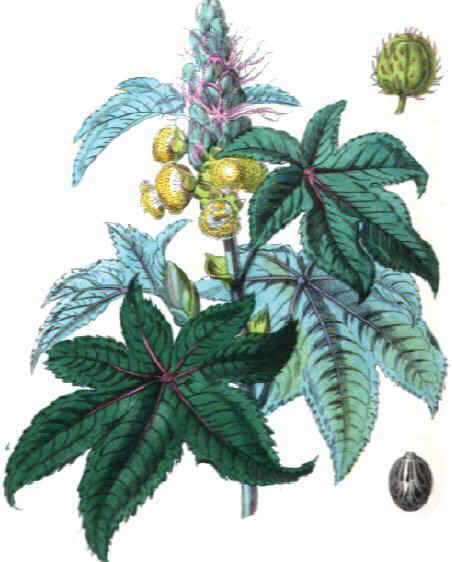Contents
TEXAS PERSIMMON
Characteristics of Texas persimmon
Texas persimmon, Mexican persimmon, chapote, chapote prieto o chapote manzano (Diospyros texana) is a species of persimmon, from Texas and New Mexico. It grows in wild places, on slopes of rocky hills and ravines, usually on limestone soils, from sea level to 1800 meters.
A tree or shrub up to about 3 m high, with numerous stems bearing reddish gray bark that breaks down as the tree becomes adult and appear in shades of pink, gray or white.
It is a dioecious tree (male flowers and female flowers on different trees) with greenish white flowers, small and bell shaped. Leaves small, hardened, from 2 to 5 cm long, bright green and white above, pubescent on the underside. In colder areas, the leaves fall in autumn, while in warmer places, this plant is perennial.
It bears small black fruits, cherry-sized.
Uses of Texas persimmon
Texas persimmon is grown mainly for its fruits, that are very sweet when ripe. It is normally harvested from late July to September. They are very rich in lycopene.
Once mature, the fruit can be profited to make syrups, puddings and sweets. Its flavor is reminiscent of plums and it is highly prized by birds.
The wood of this tree is dark, heavy, very hard and fine. It is widely used in the manufacture of wooden objects, such as tool handles.
The pulp of the fruit develops a black dye that was used extensively by Native Americans and it is still being used in Mexico to dye clothing.
The cultivation of Texas persimmon
A very very resistant tree to drought and disease. It requires very little care to live. It fits any type of soil, with different levels of acidity and composition, but it does not support poorly drained soils.
It can live in partial shade, but, to produce fruits, it needs a sunny, warm and protected place. It withstands temperatures to -15 º C.
You can reproduce it by seeds, stratified to cold, in a hot nursery. Seedlings arising from these seeds will be transplanted into their final place in summer. It is necessary to protect it from cold for a couple of years. It also can be planted from cuttings in summer or from layerings in spring.
Because of the beauty of its colorful trunk when adult, as well as its size and its resistance to disease, water shortages and pollution, it is a plant suitable for planting in small gardens in full sun. Ideal for xeroscaping.
![]() More information on persimmon.
More information on persimmon.

